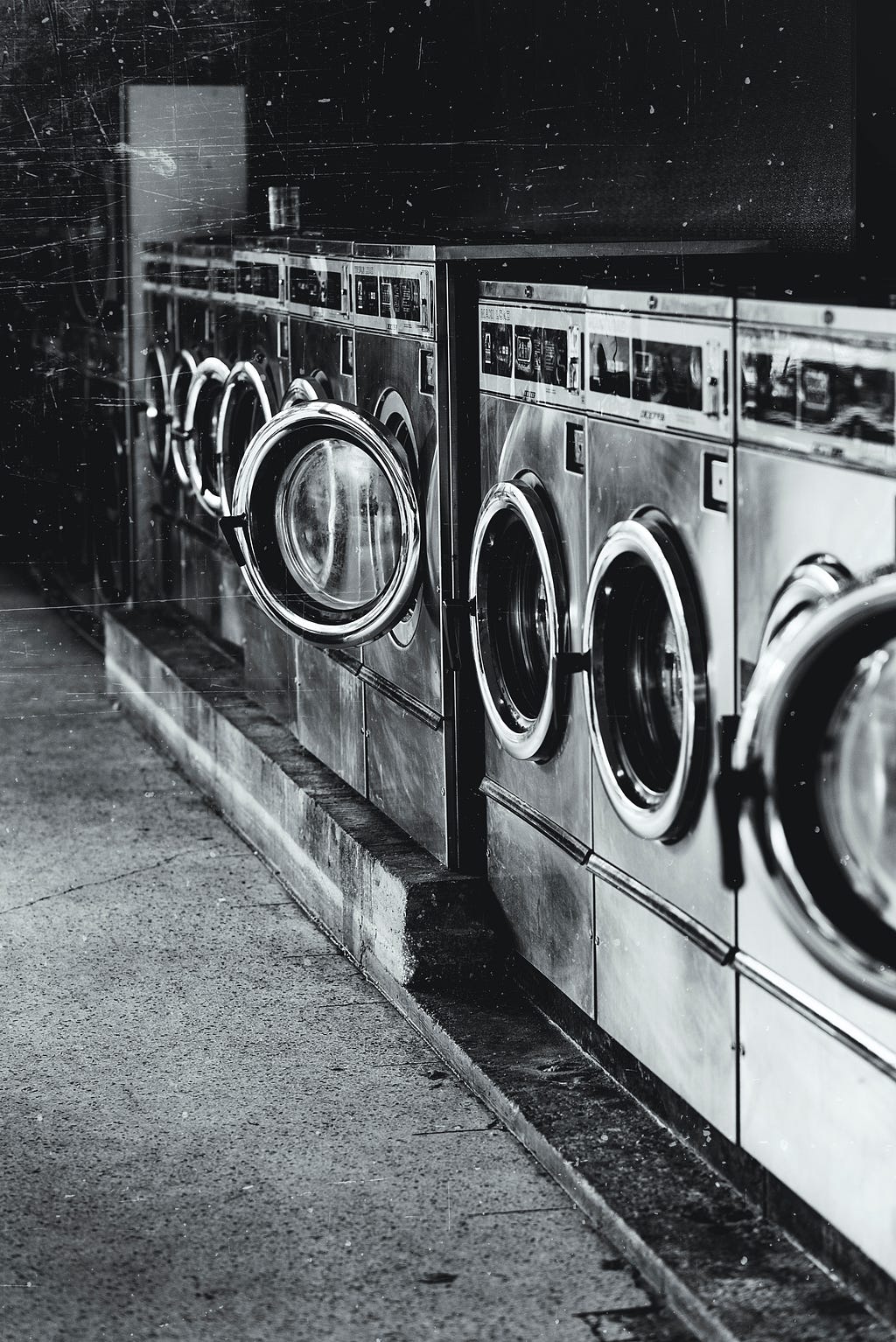By Ian LeViness on The Capital
Wash trading can be prevented through certain measures like self-trade prevention and adequate KYC. Still, these measures don’t address the practice of exchanges using their own employees to fake their volume, which needs to be attacked from a regulatory perspective.

In my last post, I mentioned “wash trading.”
Overall, wash trading is the practice of simultaneously buying and selling an investment to create an illusion of more trading activity than actually exists. Since it’s one of the major drivers of market manipulation via crypto exchanges, it has never been more important to understand its ins and outs.
How does wash trading work?
The easiest way to understand how wash trading works in a crypto context is to begin by picturing cryptocurrency exchanges trading on their own platforms.
Using as many accounts as they can, exchange employees place buys and sells on certain supported assets at the same time, which usually come from the same person/group. This results in artificially inflated trading volume since the trades aren’t really passing between different traders organically.
With all of this, it’s important to note that for this process to work, the trades involved need to involve the same amounts so their values truly do cancel each other out. Additionally, wash trading is much more prevalent where KYC isn’t involved since the accounts can’t truly be tied to one specific individual.
Why would exchanges engage in wash trading?
Truthfully, the reasons for this are two-fold.
First, cryptocurrency exchanges tend to be valued based on their regular trading volume. That means that traders will eschew one exchange in favor of another, often largely due to it having a higher trading volume and thus, a higher perceived liquidity and value overall.
According to HedgeTrade, the higher an exchange’s trading volume, the more cryptocurrency projects tend to be attracted to the idea of being listed on it above others. Exchanges can then theoretically use this attention to charge progressively higher listing fees, as seen with Binance, ZB.com, OKEx, and several others over time. These listing fees can range from the hundred thousand to millions of dollars.
In other words, faking trading volume can result in massive increases in exchanges’ profits.
Is wash trading illegal?
In the United States, wash trading has been illegal since 1936. This is because, as mentioned above, it’s really just faking trading volume to bring in more traders/HODlers who will feel that they’re missing out on a coming or current bull market.
In crypto, however, laws/regulations surrounding wash trading are essentially non-existent. As GSR points out here, this puts all of the burden on cryptocurrency exchanges to “self-regulate.” As pointed out by Bitwise, Coin Metrics and other parties, this sort of arrangement doesn’t really work.
Instead, it results in a few exchanges doing the right thing, while a wide array does the opposite and attempt to fly under the radar.
Can wash trading be prevented?
If we want to be taken seriously as the future HQ for all financial markets, then the idea that self-regulation is enough needs to change.
Wash trading can be prevented and groups like GSR, which is a leading crypto market maker have already proposed ways to begin looking at doing so.
First, as suggested above, the more KYC, the better. If all of an exchange’s accounts are tied to a specific individual with their national ID, then each individual can only have one account.
Next, since many exchanges give high-volume traders a significant discount on trading fees, this incentivizes bad actors to engage in wash trading to reach that point as soon as they can. If fees were set at a flat-rate across the board, then this sort of behavior would largely be eliminated. NBX is one exchange that already does this, with all trading fees capped at 0.5%.
Related to the above, another strategy to use is what GSR terms “self-trade prevention.” All in all, what this refers to is coding-in a rule that buys and sells can never be matched to the same account.
If, together with the above, all users were restricted to one account, then wash trading would largely be impossible barring massive collusion amongst different traders.
Though the problem of exchanges using their own employees to fake their own trading volume isn’t really addressed by all of the above, that’s because it needs to be attacked from more of a regulatory perspective.
Industry standards need to be set and exchanges need to be held accountable.
In the end, this discussion is only the tip of the iceberg. Over time, I plan to share more of my thoughts on wash trading, especially as more industry insights surface.
As always, if you enjoyed this post, let me know below and on Twitter. In my next post, I’ll begin to dig into the downsides of DeFi lending as promised. Until then, here’s to all of you, because anyone reading this is still a crypto early adopter!
Disclaimer: None of this is meant to be financial advice. I’ve lived and worked in crypto since 2017 and I aim to merely educate people on the upsides and downsides of all sorts of projects and the market itself. Additionally, I’m a student just as all of us are. Therefore, my thoughts on projects evolve naturally over time as I learn more about them. Last but not least, none of these posts represent the thoughts of NBX unless otherwise stated and this includes all posts that preceded this one.
https://twitter.com/thecapital_io
What is Wash Trading and why should I care? was originally published in The Capital on Medium, where people are continuing the conversation by highlighting and responding to this story.
from The Capital - Medium https://ift.tt/3fejkEd
0 Comments